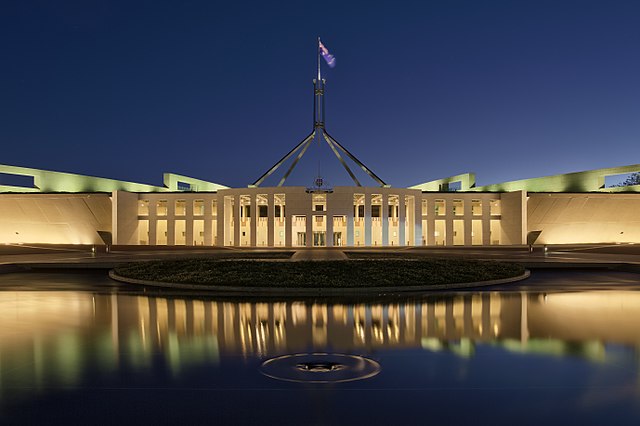When Philanthropy meets Parliament.
Common clear objectives, mutual respect for each other’s experience and skills, listening (not just hearing), engagement, transparency and excellent communication. These are the key ingredients (that I took away) for successful partnerships between government and philanthropy that will help them work together to solve social issues and support our communities’ greatest needs.
The inaugural Philanthropy Australia event, Philanthropy Meets Parliament, held 9th September at Parliament House, Canberra, brought together nearly 200 representatives from the philanthropic, corporate and government sectors to discuss and debate some key questions. The event will hopefully be a gateway to further meaningful dialogue that will produce real outputs and outcomes to address our greatest social problems.
During the discussions, there was recognition of the fact that Philanthropy is more able and willing to take risks and therefore often has unique experience in working with communities to help solve problems. It was noted though, that to create real social change, politics have to be involved and that government responds favourably to, “we have a solution.”
One of the barriers to government involvement, however, is timing. One of the key areas which needs to improve is getting innovative ideas that have evidence of success in front of government earlier in the policy cycle, so that adaptations can be made to accommodate them.
Key messages for nonprofits seeking funding:
1. Performance management is an essential business management tool.
2. Collaboration has no room for authoritarianism. Providing answers to questions of why things can’t be done in a certain way and giving evidence of that, is key to opening the opportunity to working together with funders on finding workable solutions.
3. Provide the solution to the problem that needs fixing. Back this up with needs analysis and evidence to support why your organisation is the best to deliver the program.
4. Demonstrate your organisation’s commitment to achieving the objectives that are common between you and your (prospective) funding partner.
5. Ensure ongoing clear communications.
6. When partnering with government, how will the research and evaluation you are conducting inform government policy and agenda in both identifying community needs and demonstrating what works (check out the great work Scanlon Foundation is doing with government).
7. How is the project and its outcomes replicable and what scalability potential does it have?
8. How many people are impacted directly and indirectly?
9. How will you share the learnings with government and others working towards common objectives?
10. Don’t make an appointment to speak with a prospective / existing funding partner, without being clear on the outcome you want to achieve from that meeting. And be willing to share information and answer questions.
11. Demonstrate that your proposed program is well thought through and that you have proven ability to deliver what you say you are going to. This is particularly relevant to attracting investors through social impact bonds, which was a key topic of discussion. Creating great products encourages investment.
12. Timing is critical when approaching government. Needs to be in line with budget and policy funding cycles.
13. Nonprofits need to be able to explain the differential impacts that giving goods, $$ and volunteers will have.
14. Cost benefit analysis should articulate outcomes achieved per dollars spent. Again, of particular importance when moving into partnerships with social impact investors.
One of the final remarks that was made, is that to continue to grow philanthropy in Australia, we need to celebrate it. This is not a new message, but one that we consistently hear from both Australian and International philanthropists.
As the beneficiaries of funding, it is the role and responsibility of NFPs to ensure they are working in a strategic, planned way, measuring and recording what is working and what is not, and communicating those results and findings to all stakeholders and others who are also working towards achieving common objectives.
To sum up the day, in the powerful and truly passionate words of Jeremy Donovan, CEO of GenerationOne; courage, hope, aspirations, big dreams and belief in investment. They are the key ingredients to creating systemic change.
Well done Philanthropy Australia!
